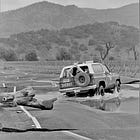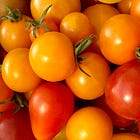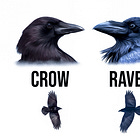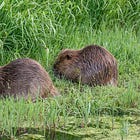Green Wednesday: Rose Gardening Tips and Earth Day Celebrations in Napa
By Bob Niklewicz, U.C. Master Gardeners of Napa County and By Kathleen Scavone, Environmental Contributor
We Need Your Help
If you’re reading this, you care about independent, locally owned, ad-free journalism — reporting that puts our region’s stories first, not corporate interests or clickbait.
Join a community that values in-depth, independent reporting. Become a paid subscriber today — and if you already are, thank you. Help us grow by liking, commenting and sharing our work.
Green Wednesday: Gardening and Ecological Insights
Every Wednesday Napa Valley Features brings you Green Wednesday, featuring articles from environmental voices and the UC Master Gardeners of Napa County. These contributors share research-based horticultural advice and insights on sustainability and climate topics relevant to our region.
Summary of Today’s Stories
"To Plant or Not to Plant Roses?" by Bob Niklewicz, U.C. Master Gardeners of Napa County: A humorous and informative account of choosing, planting and caring for a bare-root rose in a container, emphasizing proper technique, maintenance and garden wisdom.
"Your common sense says, ‘You are going to hurt your back carrying all this stuff.' Your brain says, ‘You are almost to the car, keep going.'" — Bob Niklewicz
"Earth Day: A Day to Celebrate Our Planet" by Kathleen Scavone, environmental contributor: A spirited look at Earth Day’s origins, 2025 celebrations in Napa, and practical ways individuals can engage in environmental stewardship locally and globally.
"Whether you join a festival, walk the rich, green lands of Napa to enjoy the filigree lacework of lichens, or take to a lake trail and spy on egrets elegant as white gloves, there are innumerable ways to celebrate Earth Day." — Kathleen Scavone
Earth Day: A Day to Celebrate Our Planet
By Kathleen Scavone
NAPA VALLEY, Calif. — Every year more than a billion people worldwide celebrate Earth Day. According to National Geographic, the observation began as a result of environmental activism in the 1960s, when many issues that are still important today came into focus. Then, as now, activists advocated for the protection of Earth's natural resources, biodiversity, green industries, sustainable agricultural practices and more.
It was 1970 when the very first Earth Day was organized. Environmental issues were front of mind for many across the globe. The date April 22 was set aside annually to spread the word about conservation, global warming and ways to mobilize against its detrimental impacts. There are many ways to support our planet, including composting, recycling, and educating ourselves and others on resources for a healthier lifestyle and planet.
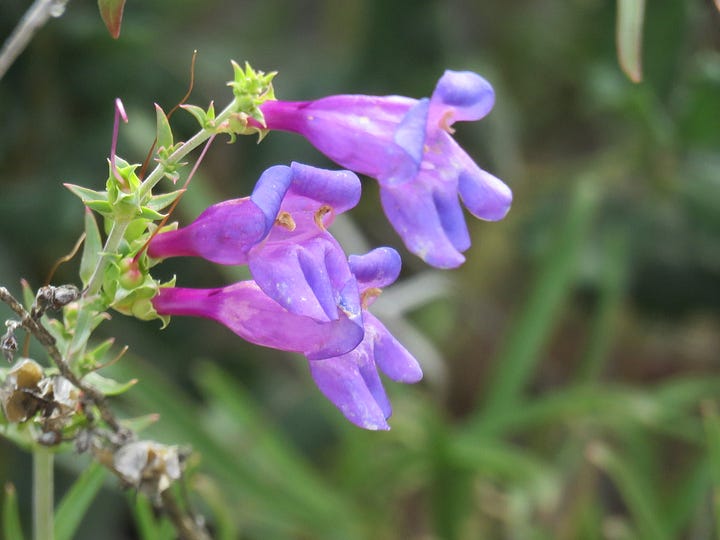
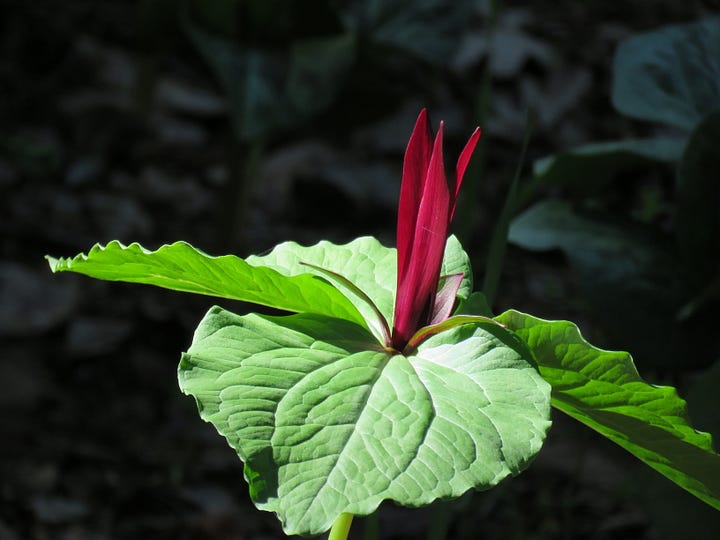
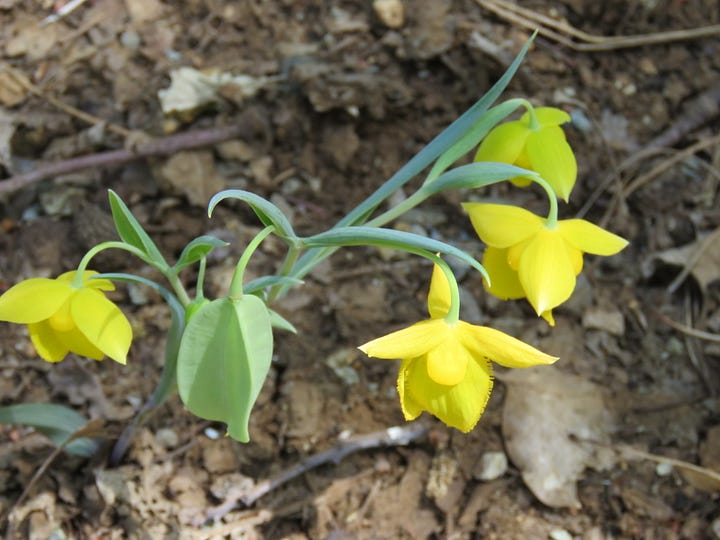
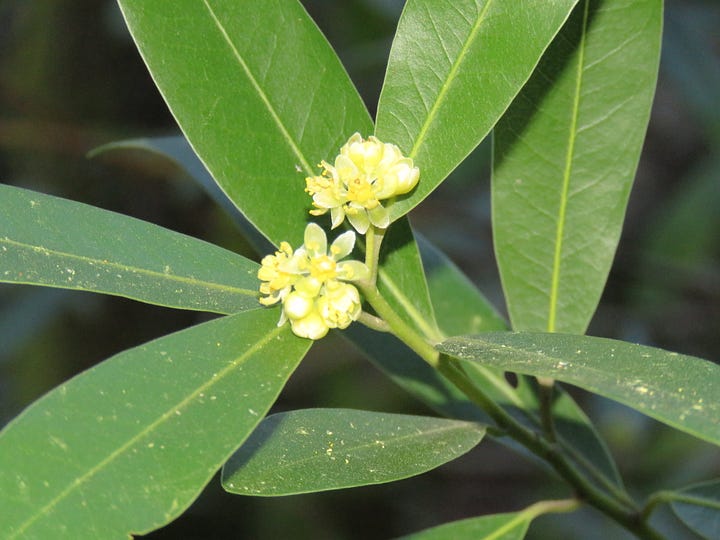
Earth Day Napa 2025 will take place Saturday, April 12, from 11 a.m. to 4 p.m. at the Oxbow Commons in Napa and is presented by the Environmental Education Coalition of Napa County. The event is sponsored by caring organizations such as Napa Recycling and Waste Services, Bartlett Tree Experts, Napa RCD, City of Napa, County of Napa, Oxbow Public Market and many more. The day is slated to be a celebration with live music, food and activities for a spectrum of ages to have fun while learning to help planet Earth.
The national theme for Earth Day 2025 is “Our Power, Our Planet.” Organizers stress that knowledge is power and encourage folks to learn the facts in order to spread awareness. You can test your knowledge about our planet's endangered species and learn about clean energy, deforestation, fashion for the Earth and lots more on the official website.
If you miss out on the Oxbow event, there are still many ways to support Napa County and planet Earth. Napa County Regional Park and Open Space District is holding a Spring Trails Challenge that runs until June 20 and encourages everyone to go outside and play to demonstrate the love of planet Earth and to learn about the diversity of Napa's parks and outdoors.
Land Trust of Napa County, a community-based nonprofit dedicated to protecting Napa's spot on Earth through stewarding the landscape, is partnering with American Conservation Experience crews to remove invasive teasel and other fast-growing plants that crowd out important native plants. When native plants are encouraged to thrive, the lands are more resilient and balanced. What a way to support our space on Earth!
The organizers of the Earth Day official site, who have an international network spanning the United States, Australia, North Africa, India, Mexico and more, explain that there are many awards, lollapaloozas and myriad other ways to bring awareness to concerns affecting Earth and make an impact on issues big and small. Children, artists and celebrities can get involved. For example, Grammy-nominated singer and actress Antonique Smith, the official ambassador for Earth Action Day 2025, says that everyone can set aside their differences and join efforts to reduce plastic use, support renewable energy and advocate for a better planet.
Whether you join a festival, walk the rich, green lands of Napa to enjoy the filigree lacework of lichens, or take to a lake trail and spy on egrets elegant as white gloves, there are innumerable ways to celebrate Earth Day. Go ahead and sing “Happy Earth Day” to the tune of “Happy Birthday.” The fact is, every day is Earth Day.
—
Kathleen Scavone, M.A., retired educator, is a potter, freelance writer and author of “Anderson Marsh State Historic Park: A Walking History, Prehistory, Flora, and Fauna Tour of a California State Park,” "People of the Water" and “Native Americans of Lake County.” She loves hiking, travel, photography and putzing in the garden.
To Plant or Not to Plant Roses?
By Bob Niklewicz, U.C. Master Gardeners of Napa County
NAPA VALLEY, Calif. — Have you ever looked at the beautiful photos on the tags tied to bare-root nursery roses and wondered, “Will my roses look as good as that picture?” Yes, me too.
Your brain says, “That one will look great in the yard. Yes, it’s late in the bare-root season and there’s not a lot of choice left, but 50% off is a good deal.”
Your common sense says, “You don’t have room for another bush.”
Your brain says, “Ignore common sense. You can buy a beautiful pot for the rose and then you can move it wherever you want.”
Your common sense says, “Do what you want, and we’ll talk later.”
You leave the nursery with optimism and visions of roses worthy of a Kentucky Derby garland. You also have a large sack of container potting soil because roses in pots need good drainage. This container mix has organic matter plus various nutrients and microbes. The nursery salesperson is so convincing about the benefits of this mix that you wonder for a moment whether it might benefit you. Your common sense gives you a poke in the eye.
The enthusiastic salesperson also recommends a 15-gallon plastic container that is “a top loader with sturdy construction.”
Your brain says, “Why do they call it a 15-gallon pot instead of just noting the dimensions?”
Your common sense says, “That’s a good question. Fifteen gallons of what? Never mind, just get the big one.”
The salesperson points out the container’s drainage holes, which will help drain water quickly. She places the hefty bag of potting soil inside the container.
You head for your car carrying all three purchases: the bare-root rose riding high on top of the soil that is inside the container. You can barely see your way to the car.
Your common sense says, “You are going to hurt your back carrying all this stuff.”
Your brain says, “You are almost to the car, keep going.”
You manage to open the trunk and get everything inside. The bare-root rose has four canes and a lot of potential. It resists a little as you try to close the trunk. Your back is stiffening up. Your brain says, “Slam the lid, we gotta go. It will be OK.”
Your common sense says, “Don’t do that. You might….” Too late.
Settled in the car, you think, “I should have bought some rose fertilizer.”
Despite protests from your lower back, you get out of the car and head back inside to ask the helpful clerk what fertilizer to get. She says that she just transferred from the appliance department and hasn’t learned that yet, but she will call the senior nursery person.
The nursery person asks what you purchased. “A bare-root rose, a big container and a bag of dirt,” you reply. The nursery person says slowly but firmly, “You bought soil, not dirt. Dirt is in your vacuum. Soil is in your container.”
The nursery expert assures you that the soil you bought has all the necessary nutrients for the first several weeks until the rose has 4 to 6 inches of growth. Then you’ll need to feed it with a balanced fertilizer, like a 10-10-10 mix. Then the next month, if you want bigger blooms, you can buy a 5-10-5 mix.
Three weeks later, after your sixth physical therapy visit, you’re allowed to get back to light duties around the house.
You potted your rose carefully. You made a cone-shaped mound of soil in the container and spread the roots neatly over the mound. You covered the roots with soil, enough to come up to the main stem. Then you mulched the surface, keeping the mulch away from the stem.
You put the container on a wheeled plant caddy that has a saucer to catch draining water. Now you can easily roll it anywhere on the deck. You are diligent about using good body mechanics as you tend your rose.
You have started removing branches growing in the center of the bush and any branches crossing other stems or branches. You have done some “thumb pruning” by snapping off tender stems near the base of the bush. You want to keep 6 to 8 inches above the ground clear of new buds and growth. Your goal is to keep the center of the plant open for better airflow, which will hopefully minimize future problems with mildew and black spot, a fungal disease.
Finally, you recline in your hot tub and admire your work. Your brain says, “Nice job! That container really did the trick.”
Your common sense says, “Don’t slip getting out of this thing or you might land in that rose bush.”
If you have any questions about rose care, contact the Master Gardener Help Desk (details below). Your well-tended roses should repay you by exploding with color in May and June.
—
Bob Niklewicz is a UC Master Gardener of Napa County
Tomato Plant Sale: The annual Napa County Master Gardeners Tomato Plant Sale is Saturday, April 12, from 9 a.m. until sold out, at 1710 Soscol Ave. in Napa. Seedlings are grown locally by Master Gardeners and are $5 each. Stop by the education tables and consult with our tomato pros. The list of available varieties is here.
Tomato Growing Workshop: Join UC Master Gardeners of Napa County for “All About Tomatoes,” a Zoom workshop on Sunday, April 13, from 2 to 3 p.m. Learn about types of tomato plants and how to care for them, including soil and watering needs, staking, pest prevention and more. The workshop is free, but you must register to receive the Zoom link.
Library Talk: Join UC Master Gardeners of Napa County and Napa Public Library for “Olive Trees for the Home Gardener” on Thursday, May 1, from 7 to 8 p.m. via Zoom. A perfect fit with Napa’s Mediterranean climate, olives are drought-tolerant, low maintenance and adaptable to containers, with year-round silvery foliage. Learn how to grow your own. Register for the free Zoom link and note that the meeting will lock and deny entry after 7 p.m.
Help Desk: The Master Gardener Help Desk is available to answer your garden questions on Mondays and Fridays from 10 a.m. until 1 p.m. at the University of California Cooperative Extension Office, 1710 Soscol Ave., Suite 4, Napa. Or send your questions to mastergardeners@countyofnapa.org. Include your name, address, phone number and a brief description of the problem. For best results, attach a photo.
—











